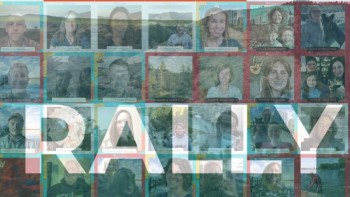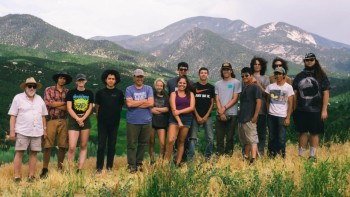Sawyer Cresap
Sawyer (Cresap) Bailey graduated the Master of Environmental Management program at the School of the Environment. She is interested in land conservation, rural community development, and environmental justice. At CBEY, Sawyer has served as Student Program Co-Manager with the Conservation Finance Network. She also worked for the Blue Mountain Center's Hamilton Helps Project.
Prior to attending YSE, Sawyer worked in stewardship for an accredited land trust in New York State monitoring easements, improving public access, and assisting with new carbon sequestration projects. She is a summa cum laude graduate of Syracuse University and a two-term AmeriCorps service member. In 2019, she successfully completed an Appalachian Trail thru-hike.


